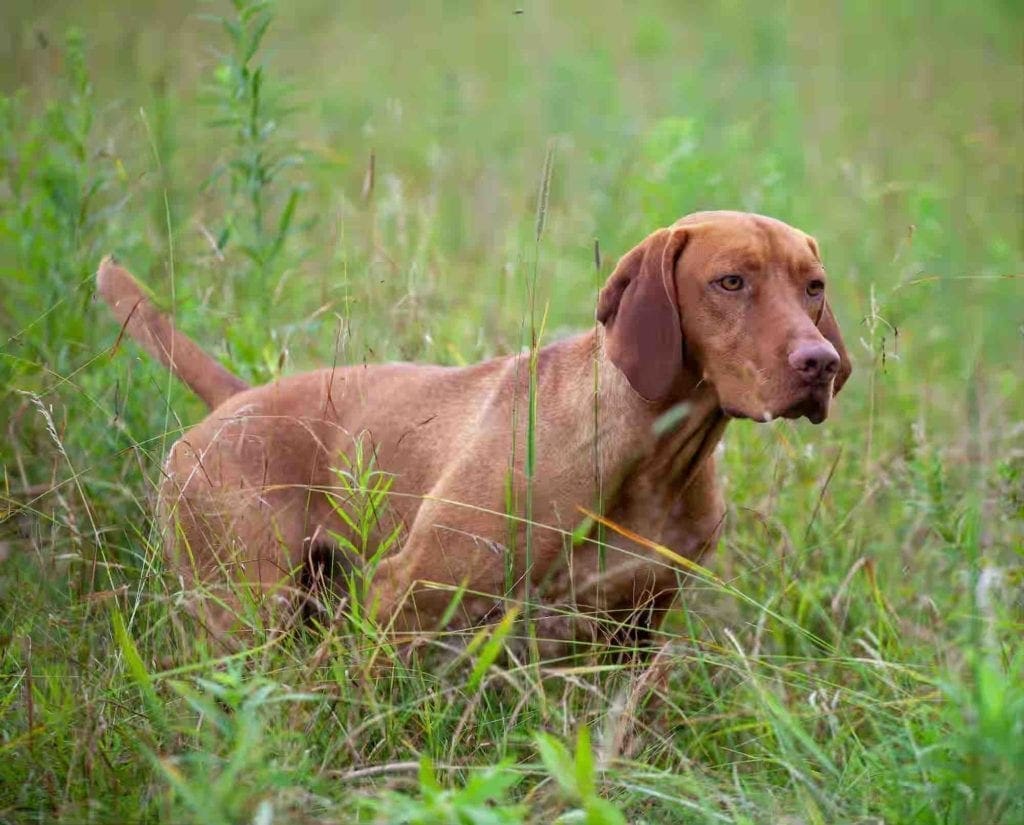
Vizsla The History and Overview of the Hungarian Pointing Dog
A array of paintings, drawings, sculpture & photography from 6,000+ artists worldwide. Discover Artworks In All Shapes, Sizes, Textures & Themes. Find Something For Any Budget.
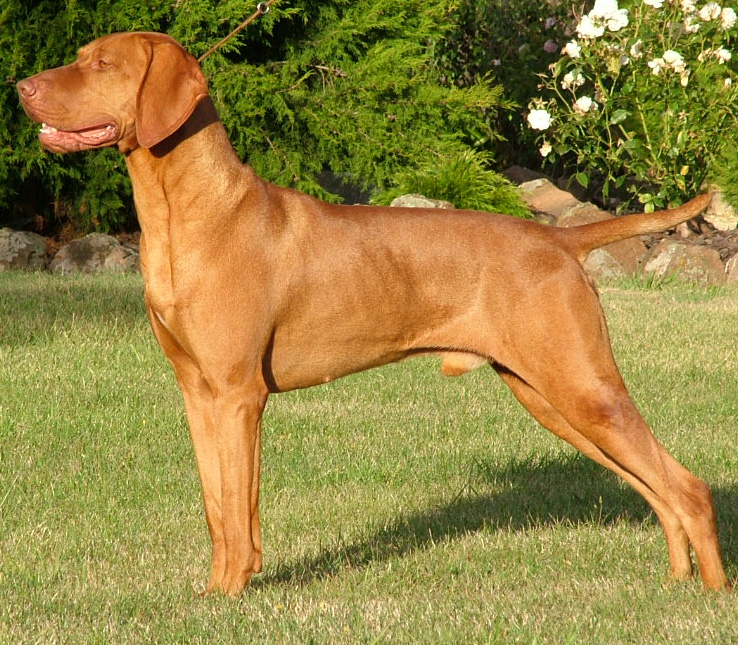
Vizsla Dog Info, Lifespan, Size, Temperament, Puppies, Pictures
The Hungarian Pointer exists in two varieties: the short-coated and the wire-haired Vizsla. The two breeds are distinct but possess the same working skills. They are versatile hunting dogs, employed in plains, woods and water. The Vizsla, as it is more commonly known, has an incredible sense of smell, is a great retriever and has a fair amount.

Vizsla dog (Hungarian pointer) portrait Vizsla dogs, Vizsla, Dogs
The Vizsla bears the official title of the "National Pointer of Hungary" and the breed is especially protected by the Magyar Ebtenycstok Orsagos Egyesulete, whose purpose is to maintain the high standards of the breed. The Vizsla is a rather privileged canine and holds a very high place in Hungarian sporting circles and is not expected to.
redbirddog a hungarian pointer (vizsla) blog Vizsla as a guard / watch dog
The vizsla or Hungarian pointer has an ancient history. The dog of the Magyar barbarian tribes that invaded central Europe during the Dark Ages, the vizsla fulfilled the role of companion and hunter to the Magyar warriors. Early 10th century etchings show a Magyar warrior and a dog resembling a vizsla. The breed was readily adopted by Hungarian.

Vizsla Hungarian Pointer Photograph by Lee Feldstein Fine Art America
Hungarian Wire-Haired Pointers, also known as Wire-haired Vizsla's are attached to their owner, conscious of their worth, receptive and easy to train, but don't do well with rough treatment. They maintain contact with their owner, searching with passion and perseverance, employing their excellent nose and perfect pointing skills.

Hungarian hound pointer vizsla Hound dog breeds, Best large dog breeds, Vizsla puppies
Hungarian Vizsla. Lifespan 12-13 years. Weight Male: 24-33kg Female: 24-33kg. Height Male: 54-64cm Female: 54-64cm. Pedigree Yes. Breed group Gundog. Health tests available BVA/KC Hip Dysplasia Scheme. Nicknames Magyar Vizsla, Vizsla, Hungarian Vizsla, Hungarian Pointer.

The Hungarian Vizsla Dog Breed (also known as Magyar Vizsla, Vizsla, Hungarian Vizsla, Hungarian
Vizsla. The Hungarian Vizsla, often simply referred to as the Vizsla, is a remarkable and versatile breed renowned for its elegance, intelligence, and enthusiastic nature. Originating from Hungary.

dog Magyar Vizsla / Hungarian Pointer shorthaired adult portrait Stock Photo Alamy
vizsla, breed of sporting dog whose ancestors were probably brought to Hungary by the Magyars more than 1,000 years ago. The vizsla can generally work both as a pointer and as a retriever.Developed on the open plains of Hungary, it was bred to be a swift and cautious hunter, wary of alerting its quarry. It is a graceful, pointerlike dog and has a short, smooth, reddish gold or sandy-yellow coat.

Vizsla, Hungarian Pointer Dog Stock Image Image of puppy, brown 18173841
The Hungarian Vizsla (Hungarian:) is a dog breed from Hungary and belongs to the Federation Cynologique Internationale (FCI) group 7 (Pointing Dogs), the Canadian Kennel Club (CKC) group 1 (Sporting group), and the American Kennel Club (Sporting group). The Hungarian or Magyar Vizsla or Smooth-Haired Vizsla are sporting dogs and loyal companions. The Vizsla's medium size is one of the breed's.

Hungarian Vizsla Information & Dog Breed Facts Pets Feed
The Hungarian Magyar Vizsla is an elegant, pointer hunting dog which was, as the name suggests, developed in Hungary. The vizsla breed is highly intelligent, energetic, and majestic in both physique and demeanor, and is at the same time an unrivaled hunting companion. The Vizsla, also known as the Hungarian Vizsla, Hungarian Pointer, and Magyar.
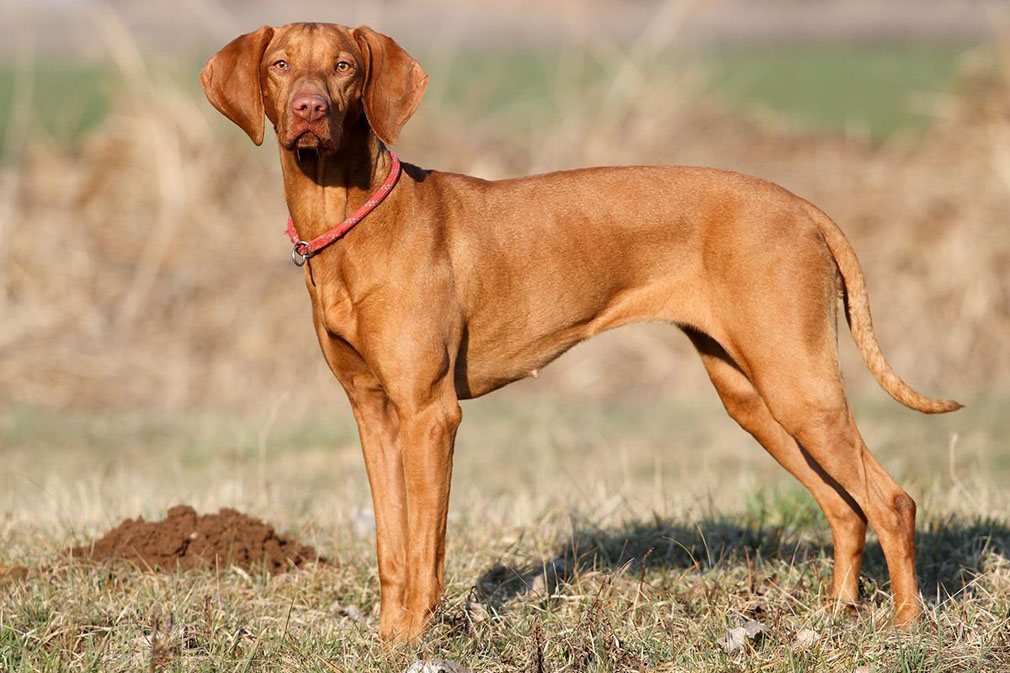
Meet the Hungarian Vizsla!
The Vizsla is a versatile, red-coated gundog built for long days in the field. For centuries these rugged but elegant athletes have been the pride of Hungarian sportsmen, and their popularity in.

Hungarian Vizsla Dog Portrait in the Nature. Hungarian Pointer Vizsla, Sniffing on Hunt. Dog a
Occasionally referred to as the Hungarian Pointer, the Vizsla is believed to have originated in the Middle Ages from Magyars in modern-day Hungary. Although little is known about their ancestors, it is currently believed that Vizslas descended from a variety of hunting breeds. Through selective breeding, breeders desired a dog that excelled at.

Hungarian ShortHaired Pointer (Vizsla) Breed Information Dogs Jelena Dog Shows
About this breed. There is evidence that the russet gold Vizsla was being used in falconry as far back as the 14th Century on the central plains of Hungary. His fine, slightly greasy coat equips him for working in the high temperatures of the plains. In the late 19th Century some of the dwindling population were mated to pointing dogs.
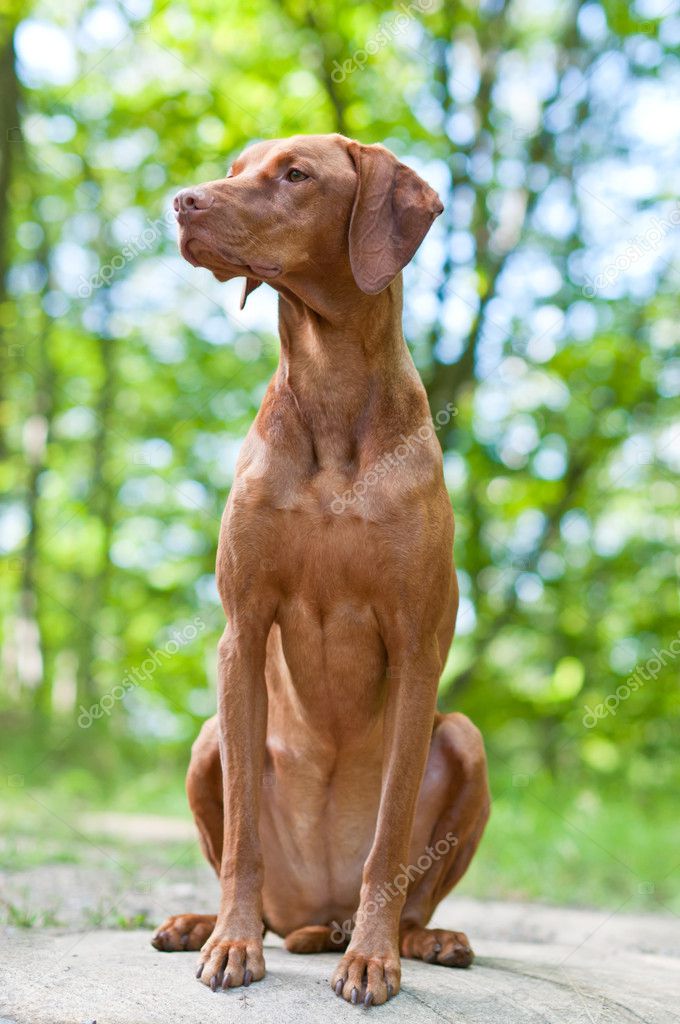
Vizsla Dog (Hungarian Pointer) Portrait — Stock Photo © brianguest 4603622
The Vizsla hunts down its quarry by pointing with its snout. For this reason, it's also called the Hungarian Pointer. The Vizsla is a sleek hunting dog, an excellent tracker, and perhaps the most famous canine export from Hungary.The history of the Vizsla dates back to the 800s AD when a nomadic people called the Magyars arrived in Europe and founded the first Hungarian state.
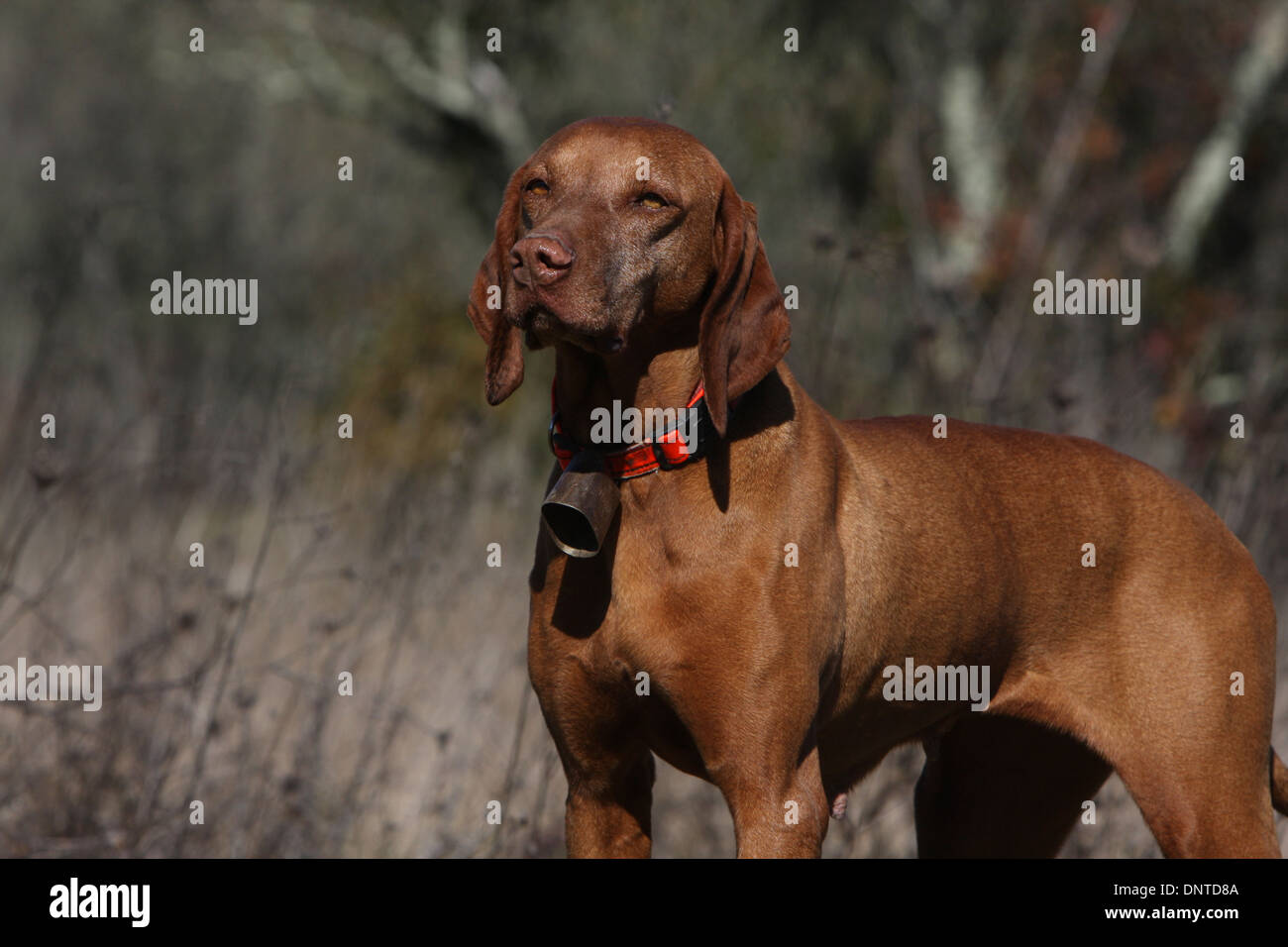
dog Magyar Vizsla / Hungarian Pointer shorthaired / adult portrait Stock Photo Alamy
Shop Pet Supplies. Discover Something New From Our Creative Community. Find Pet Supplies You'll Love. Buy Directly From Makers. Only On Etsy.

Vizsla Dog Breed » Everything About Vizsla
What were Hungarian Vizslas originally bred for? It's thought that Hungarian Vizslas descend from hunting dogs used by the Magyars, who settled Hungary more than a thousand years ago. Commonly known as Hungarian Pointers, these loyal and lively pups were saved by refugees after nearly going extinct in the war.